The following is an excerpt from Reopening the World: How to Save Lives and Livelihoods, a new report where Brookings experts offer ideas to help policymakers protect lives and save livelihoods in the midst of the current COVID-19 pandemic.
 The first major outbreak of the novel coronavirus outside of East Asia struck Iran. Already reeling from severe American sanctions, Iranian leaders initially failed to appreciate the magnitude of the threat posed by the pandemic and struggled to mount an effective response. For pragmatic as well as ideological reasons, Tehran sought to balance economic exigencies with the imperatives of containing the virus, opting for a relatively short-lived shutdown and a steady effort to reopen. But the Iranian experience underscores the inherent complexity of managing these trade-offs, as its limited closure and swift reopening generated new waves of infection in cities around the country and may only set back Iran’s prospects for durable economic recovery.
The first major outbreak of the novel coronavirus outside of East Asia struck Iran. Already reeling from severe American sanctions, Iranian leaders initially failed to appreciate the magnitude of the threat posed by the pandemic and struggled to mount an effective response. For pragmatic as well as ideological reasons, Tehran sought to balance economic exigencies with the imperatives of containing the virus, opting for a relatively short-lived shutdown and a steady effort to reopen. But the Iranian experience underscores the inherent complexity of managing these trade-offs, as its limited closure and swift reopening generated new waves of infection in cities around the country and may only set back Iran’s prospects for durable economic recovery.
A SLUGGISH START
From the start, Iran’s handling of the novel coronavirus was marked by denial, opacity, and a scramble to catch up with the contagion. The government ignored early warnings. In late January, Health Minister Saeed Namaki requested a ban on travel with China and quarantine for Iranians returning from Wuhan. In fact, an Iranian airline continued flights to China for at least another six weeks. Namaki’s concerns were not the first. His predecessor claims that he had alerted President Hassan Rouhani as early as December 2019 about the spread of the novel coronavirus.
From the start, Iran’s handling of the novel coronavirus was marked by denial, opacity, and a scramble to catch up with the contagion.
Tehran’s early indifference reflected complacence and distraction. Like much of the rest of Asia, Iran had experienced prior epidemics, including significant outbreaks of bird flu and other coronaviruses, without sustained disruptions or significant casualties. And, as this latest virus began to spread, Iranian leaders were grappling with other urgent crises—fallout from internal unrest in late 2019 and escalating tensions with Washington that culminated in January with the U.S. assassination of Iran’s most prominent military commander. Iranian retaliatory attacks injured more than 60 U.S. troops in Iraq and accidentally downed a civilian aircraft, killing 176 passengers and crew.
Already on edge, Iran’s leadership sought to avoid unsettling its relationship with China— increasingly essential for trade and diplomacy due to U.S. sanctions—and hoped to preserve February parliamentary elections as an opportunity to rally public support. But shortly before that ballot, Iran revealed its first COVID-19 casualties, and by the time the election results were announced, viral images of mass graves were circulating social media and an MP accused the government of concealing dozens of deaths. COVID’s arrival in Iran could no longer be swept under the rug. After coughing and sweating through the government’s first public briefing on the virus, where he scoffed at the utility of quarantines, Iran’s deputy health minister acknowledged that he himself was infected.
Iran’s coronavirus outbreak first erupted in Qom, 90 miles south of Tehran and the site of the country’s most renowned seminaries. Its role as a hub for Shia pilgrims and clerical students, as well as for a high-speed rail network under construction by a Chinese firm, facilitated the rapid spread throughout the country, including among the highest ranks of the Iranian government. The Islamic Republic is a unique hybrid of elected and theocratic authority, but the virus’ spread among the senior leadership underscored the continuing centrality of religious legitimacy for the leadership. Within weeks, the list of confirmed cases included two dozen members of parliament, military officials, and cabinet members such as Vice President Masoumeh Ebtekar, best known as the spokesperson for the students who seized the U.S. Embassy in 1979. Most recovered, but among the casualties were several influential advisors to Iran’s top leadership.
TEHRAN’S PARTIAL LOCKDOWN
COVID-19’s direct hit to the heart of the revolutionary system quickly galvanized a more serious effort to contain the spread. In late February, Iran put schools and universities on hiatus, closed movie theaters and cultural sites, and suspended in-person convening of the parliament as well as official travel. By mid-March, the restrictions were tightened, including the cancellation of public Nowruz (New Year) celebrations and the first-ever cancellation of Friday prayers since the 1979 revolution.
Iranian mitigation measures intensified as the scale of the pandemic became evident. Tens of thousands of prisoners were furloughed in hopes of mitigating the virus’ spread, while streets, mosques, and public buildings were disinfected using drones as well as the water cannons more infamous in Iran for repression of street demonstrations. Roadblocks were set up to facilitate random screening, and industrial production of masks, ventilators, and other vital protective and medical equipment was put into high gear.
Some draconian measures generated controversy. Scuffles erupted when worshippers attempted to reopen several religious sites by force. The government resisted the pushback and mounted a campaign to socialize the new restrictions. Athletes, actors, and other public figures were enlisted to reinforce government messaging, senior officials modeled masks, and for the first time in more than four decades, drive-in movies were permitted.
Still, Tehran balked at the type of nationwide lockdown that helped contain the virus in several countries with early outbreaks. Instead, it availed itself of the Nowruz interlude, appealing for Iranians to stay home and expanding or extending already scheduled holiday breaks. Tehran rejected appeals by some local authorities to institute a stricter quarantine. An initial plan to deploy 300,000 contact tracers to go house-to-house was shelved out of concern that it might accelerate the virus’ spread, and an inter-city travel ban was imposed only after millions of Iranians had already taken to the nation’s roads for Nowruz in defiance of official advice.
In early April, parliament briefly debated a bill that would have mandated a more ambitious national lockdown—a month-long closure of all government offices and business, closure of public transportation, and provision of two months’ salary, free utilities, and financial support to the poor. But lack of resources doomed the legislation.
IRAN CAN’T AFFORD TO CLOSE
Iran’s economic precarity explains the government’s reluctance to extend tougher measures to limit to the spread of the virus. The pandemic exacerbated the calamitous economic impact of Washington’s “maximum pressure” campaign. Over the past two years, since the Trump administration withdrew from the 2015 nuclear deal and reimposed tough financial and trade sanctions, Iran’s oil exports fell by 80 percent, the value of its currency cratered, and living standards for ordinary Iranians deteriorated as a result of rising inflation and unemployment.
Complicating Tehran’s response to the pandemic was the wider economic context: the succession of border closures by Iran’s neighbors, meant to stem the contagion, curtailed a vital lifeline of non-oil regional trade that had buffered the country’s loss of oil revenues. And as countries around the world imposed lockdown measures, the collapse of energy demand sent oil prices tumbling, accelerated by a spectacularly ill-timed price war between Saudi Arabia and Russia.
The result was a perfect economic storm for Tehran, with millions more added to the already sizeable rolls of under- and unemployed. “Doctors say the coronavirus becomes more fatal when there is an underlying condition,” Iranian presidential advisor Hesamoddin Ashena tweeted in February 2020. “Sanctions are that underlying condition which makes coronavirus more ominous and more fatal.”
To offset internal hardships, Tehran will withdraw up to 1 billion euros from its sovereign wealth fund to sustain the economy through small subsidies, low interest loans, and modest advances to the 23 million Iranians who receive government cash handouts. Iranian leaders welcomed assistance from the World Health Organization and other international donors (with the exception of Washington), and for the first time since 1979 sought a capital injection from the International Monetary Fund. Tehran also launched a concerted campaign, which the State Department branded as a scam, to elicit U.S. sanctions relief or at least erode international compliance with U.S. restrictions on trade and investment in Iran.
FALLOUT FROM A RUSHED REOPENING
None of these measures are sufficient to sustain the battered Iranian economy through a long closure, or to insulate the Iranian leadership from the kind of fierce public resentment that sparked violent demonstrations, most recently in late 2019 over gasoline price hikes. And so Iranian leaders began preparing for reopening almost immediately after implementing a lockdown.
This was not just an economic or political decision; it was an ideological one. From the beginning, Iranian leaders saw the outbreak as a deliberate attempt to devastate the country’s economy, the latest in a continuum of American-orchestrated attempts to strangle the revolutionary regime. Iran’s supreme leader Ayatollah Ali Khamenei and senior Iranian military officials have accused the United States of engineering the novel coronavirus as an offensive weapon. For a leadership steeped in suspicion and habituated to American economic pressure, the virus’s early, intense emergence in Iran confirmed the “counter-revolutionary conspiracy.” “Since the first day that we faced this virus, I realized a threat at the very first moment, in addition to this threat affecting people’s health,” Rouhani noted in mid-May. “I felt this threat through foreign media. I saw that it wanted to have the country shut down using the excuse of this disease and to distort affairs.”
The conviction that Washington may have deliberately unleashed the virus as part of its “maximum pressure” policy only reinforced the need for a rapid reopening, despite prospective risks and costs. Reviving the economy is more than a domestic requirement for Tehran; it’s an essential part of deterring the schemes of Iran’s adversaries. Iranian officials have repeatedly invoked the central historical episode that frames their worldview—the 1980 Iraqi invasion and the eight-year war that followed—to implore a heroic national effort to overcome the virus and maintain national unity. “We cannot accept death by COVID-19, [but] we do not believe in death due to 40 hunger and poverty either,” Rouhani emphasized in early April.
As a result of these ideological and economic imperatives, only a few weeks after imposing the toughest measures to contain the spread of COVID-19, Iranian leaders began relaxing them. Under the banner of “smart social distancing,” Rouhani announced the reopening of low-risk businesses on April 11 for most of the country, with an extra week for Tehran. Most government employees went back to work on the same timeline, inter-city travel restrictions were lifted, and medium-risk businesses and shops quickly followed.
As the reopening unfolded, Iranian officials adapted their approach to incorporate regional differentiation based on hospital utilization, with each area of the country assigned a classification—white, yellow, red—but in reality, the differentiation was minimal. Schools resumed in areas with low infection rates in early May, and the rest of the country joined two weeks later, although families could opt to continue remote learning. A similar pattern held for mosques and religious institutions: Friday prayers resumed in 132 “white zone” areas in early May, and while the large weekly services held in major cities remained on hiatus, by the end of the month the courtyards of Iran’s venerated shrines in Qom, Mashhad, and elsewhere around the country welcomed worshippers. With the resumption of restaurant service in late May—water pipes remained off-limits—Iran had only the lightest official restrictions still intact.
As with most aspects of Iranian policymaking, the rapid reopening of the country’s economic life has not come without contestation. Public health experts have feuded openly with their counterparts who oversee the country’s trade and industry, warning of dire outcomes from reopening. Early signs suggest those fears were justified; even as the reopening expanded, infection rates surged in at least eight of Iran’s 31 provinces. Officials implored Iranians to follow health protocols, including a new requirement to wear masks on public transportation, the source of more than one-fourth of all COVID-19 infections according to government statistics. Still, the group “selfies” at the inauguration of the newly-elected parliament in late May highlighted the futility of moral suasion as a response to the pandemic. Amidst dark warnings that the official data on infections and death drastically underestimate the scale of the contagion in Iran, Rouhani insisted that Iran has no choice but to chart a path forward for normalcy while continuing the fight against COVID-19, adding that “everyone must be ready for life with the coronavirus.”
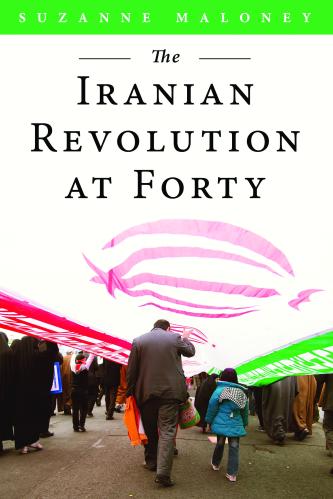
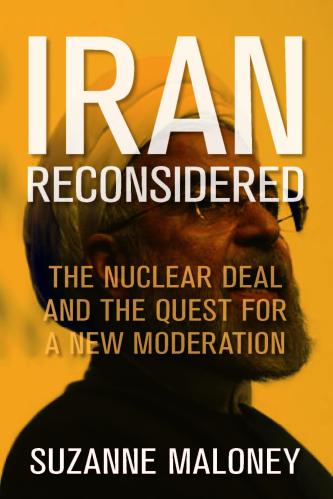
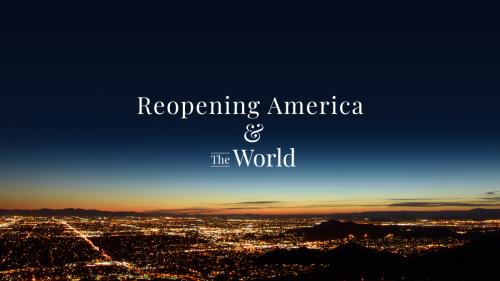
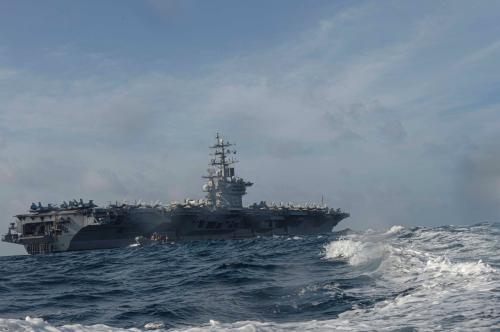
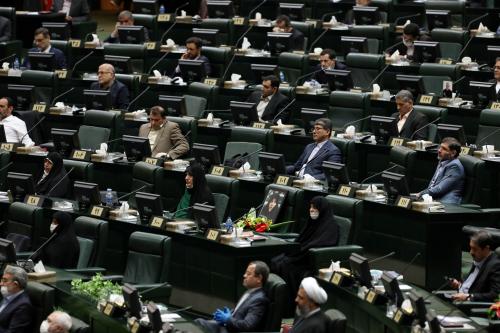
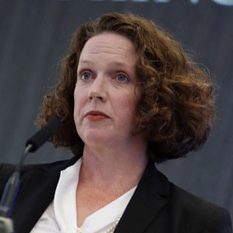
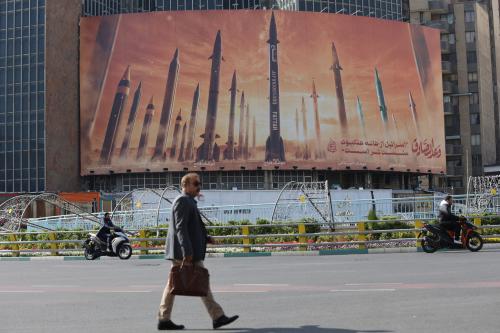
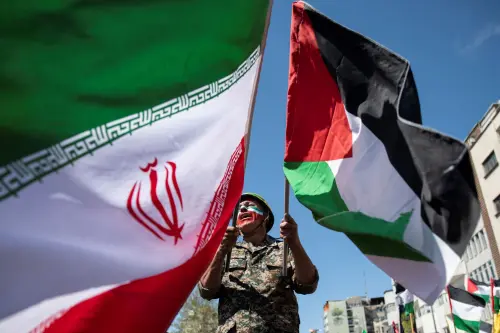
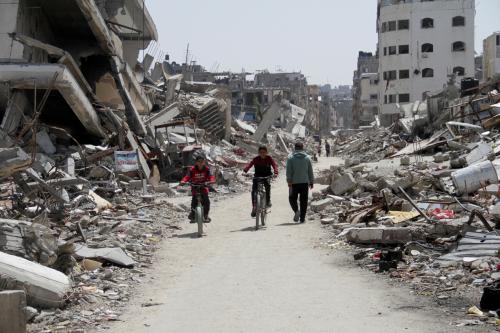
Commentary
Reopening the World: Reopening Iran
June 16, 2020